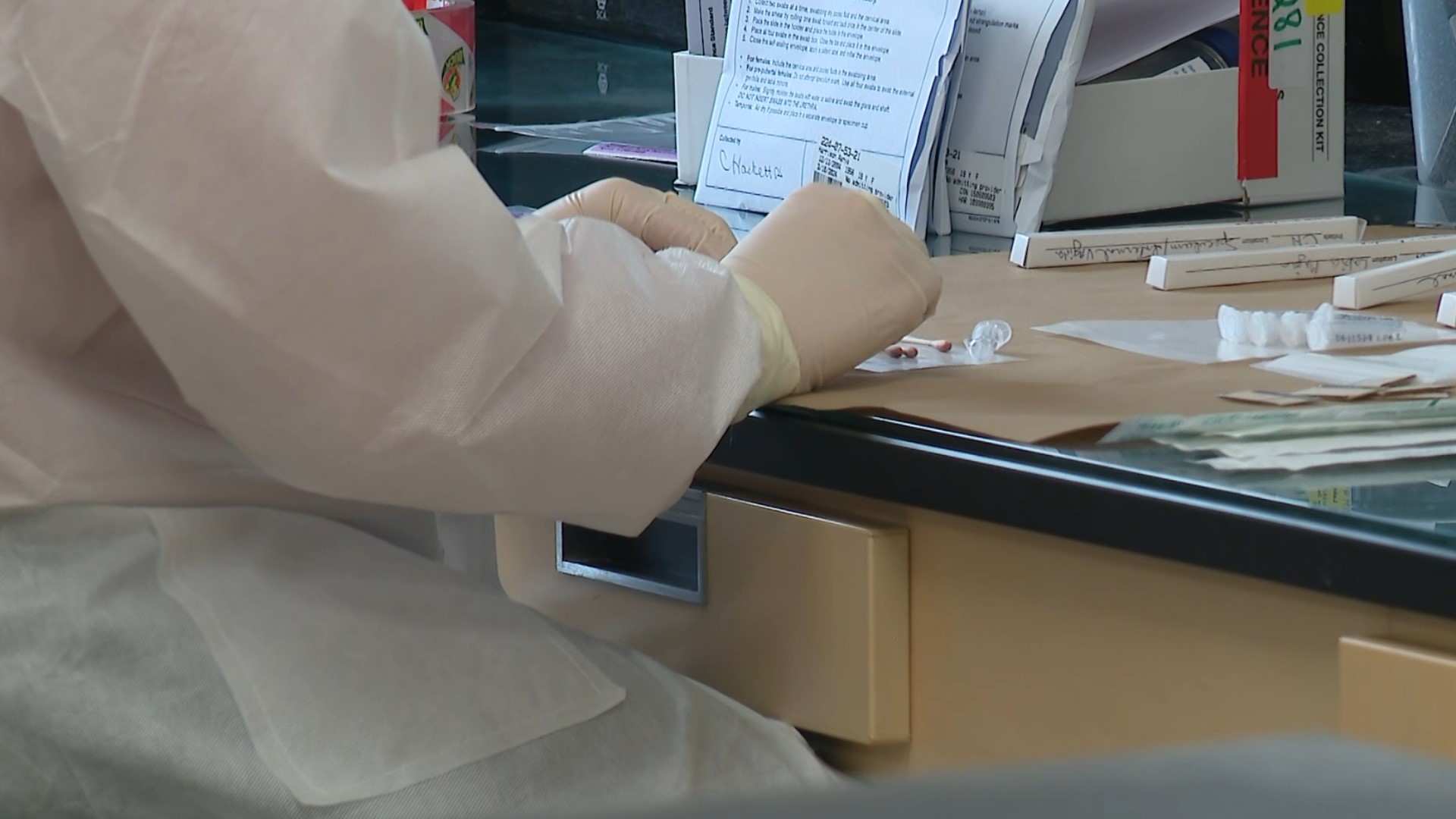COLUMBUS, Ohio — There are more than 100 cases of unidentified human remains in Ohio. Some of these cases have been cold for decades, but experts say advanced DNA testing is making them easier to solve.
“Now more than ever, DNA testing is very sensitive, and it doesn’t take a whole lot of that DNA to potentially solve a case,” Ohio Bureau of Criminal Investigation forensic scientist Logan Schepeler said.
Scientists and investigators with BCI’s Project LINK (Linking Individuals Not Known) have been working to solve missing persons cases since 1999. The project collects DNA from families who have missing members, then compares it to the genetic profiles of the state’s unidentified remains with the hope of making a match.
“The DNA is going to be the thing that connects those two together and gives that person their name back,” BCI Criminal Intelligence Analyst Jennifer Lester said.
Sometimes, the process is simple. Other times, it’s not.
If an unidentified person’s DNA has no matches through the Combined DNA Index System (CODIS), they may be a good candidate for more complex analysis, including genetic genealogy.
“The technology over the last few years in the genealogy world has advanced, and it’s going to keep advancing,” Lester said.
People have been using genetic genealogy to build family trees and discover relatives for years through companies like Ancestry and 23andMe. When a person submits their DNA to those companies, they can opt to share that information with law enforcement, and it will be entered into a database called Gedmatch.
Law enforcement compares DNA from crime victims and unidentified remains to samples shared by the public in Gedmatch.
Sometimes, they can match the DNA with relatives, giving genetic genealogists a foundation to build a family tree and identify closer familial matches, like parents, siblings and children. In the cases of missing people, this can help investigators identify unknown remains and reunite them with their families.
Genetic genealogy is a long, tedious, and expensive process, but experts in Ohio say it’s working.
The Ross County Coroner’s Office, BCI, and a nonprofit called DNA Doe recently used genetic genealogy to solve a missing person’s case that was more than 50 years old.

